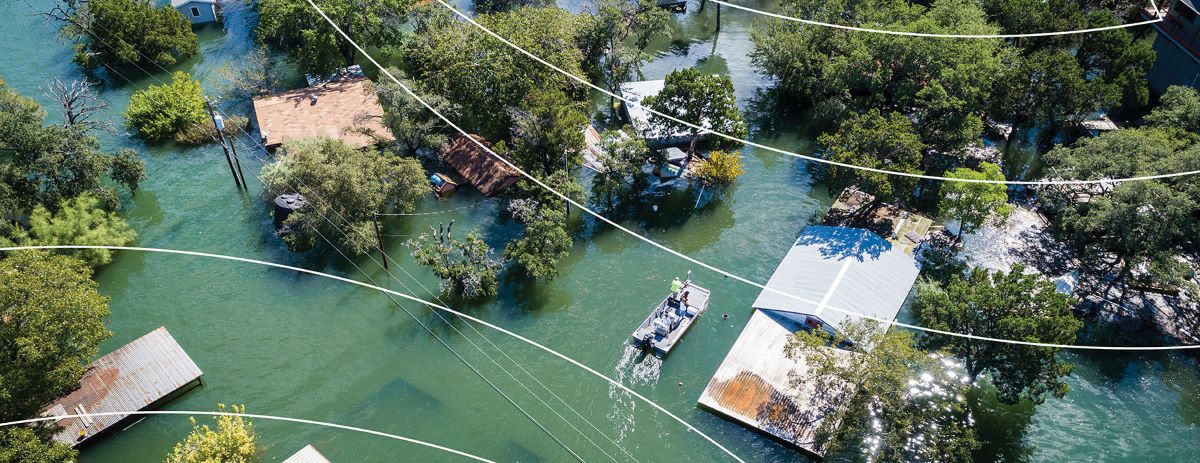The Federal Emergency Management Agency (FEMA) recently unveiled its funding strategy for the fiscal year 2023, spotlighting two primary grant programs: the Building Resilient Infrastructure and Communities (BRIC) and the Flood Mitigation Assistance (FMA). Here’s a comprehensive breakdown of the announcement and what it entails.
Allocation of Funds
FEMA has allocated $1.8 billion for these two programs. Within this, the BRIC program is slated to receive $1 billion, while the FMA has been designated $800 million. The primary objective is to empower state, local, tribal, and territorial governments, providing them with the necessary resources to preemptively address natural disasters and enhance community resilience.
Application Period
Entities seeking to benefit from these funds should be prepared to submit their applications between October 16, 2023, and February 29, 2024. It’s imperative for subapplicants to connect with their respective state, territory, or tribal representatives to ensure adherence to potential internal deadlines.
Programmatic Aims
BRIC and FMA are strategically designed to bolster communities, tribes, states, and territories against a myriad of natural adversities, encompassing wildfires, earthquakes, hurricanes, and floods, among others. Beyond mere disaster prevention, the focus is also on fostering an infrastructure that is resilient and adaptive to future challenges.
Augmented Funding
The substantial increase in funding to $1.8 billion for FY 2023 indicates FEMA’s commitment to expand its operational scope. This enhancement will allow the agency to prioritize regions particularly susceptible to the adverse effects of climate change.
Addressing Climate Variabilities
In light of the escalating frequency and intensity of weather anomalies — from wildfires and floods to severe heatwaves — there is an urgency for proactive measures. The allocated funding is geared towards reinforcing communities against these climate-induced challenges, ensuring sustainable and resilient infrastructural developments.
Enhanced Support Mechanisms
Acknowledging the complexities of grant application processes, FEMA is introducing mechanisms to facilitate smoother navigation for potential beneficiaries. This includes streamlined application procedures, direct technical assistance, and frameworks to guarantee the cost-effectiveness of hazard mitigation projects.
Specifics for FY23
For the fiscal year 2023, the FMA program will prioritize projects aimed at mitigating the risks associated with repetitive flood damage. On the other hand, BRIC has outlined a multi-dimensional approach for resilience, including nationwide resilience initiatives, a national competition for large-scale projects, and a renewed emphasis on adopting and enforcing resilient building codes.
Application Procedure
Detailed information for BRIC and FMA can be accessed on Grants.gov and the FEMA website. When ready, applicants should utilize the FEMA Grants Outcomes platform for submission. The firm deadline is set for 3 p.m. ET on February 29, 2024. It’s advisable for local governments to synchronize with their state or tribal agencies to ensure timely submissions.
FEMA’s recent fiscal strategy underscores a commitment to fortifying communities against foreseeable challenges. By combining immediate relief measures with forward-thinking planning, the agency aims to ensure that our infrastructural fabric is not only robust but also resilient to evolving challenges.
Want to learn more? Download our information sheet that covers Fiscal Year 2023 funding opportunities through the BRIC program.



